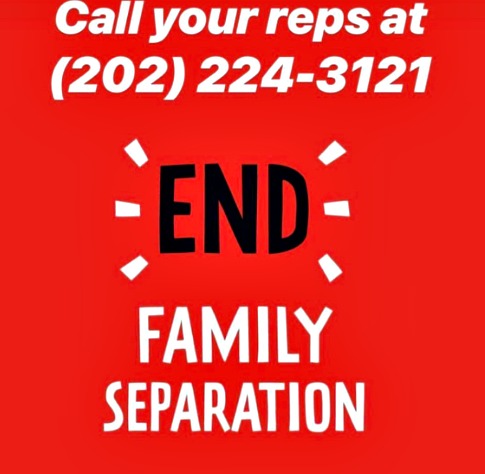The year was 2009 and that morning I worked in my classroom as I did every morning, prepping for the day with 9th graders. Little did I know that on this day I would be brought back to a reality of the life of immigrants in our country. I can still hear the footsteps of my students running towards my room, screaming in disbelief. When they reached me out of breath, I stared back at them with great concern, not prepared to hear the news they were ready to deliver me. “Raul, was taken by the migra.” “Migra,” the term used to reference the evolution of immigration officers in our country, at this point in time, my students were referring to Immigration and Customs Enforcement (ICE).
Enforcement. This word stands out to me because on this day, through my discovery, my 9th grade student, Raul, who was on his way to school via public transportation, was questioned by an ICE agent who was “enforcing” a documentation check. As a freshmen in high school, Raul didn’t have a photo ID with him, so as he attempted to board his last trolley with his peers to make it to school on time, he was arrested and put into a van. His peers in fear, questioned the agent, as he threatened to continue to further search them all.
Teacher education programs do not prepare you for this type of reality. We are not trained in how to navigate this complicated system, but on that day, as I saw the look on my students faces, I knew I had to figure it out. The first step was to call his mother, who was also undocumented. That was the hardest phone call I have ever had to make. I can hear his mother’s deep cries as she asked where her son was and how she was going to get him back. I knew that at this moment in time, this would be our responsibility to figure out where Raul was and how we could get him back. This entire time I felt sick to my stomach knowing that we could simply enforce, retrieve a student, and remove him from the only place he has known as home with no regard to him or his family.
The process was not easy and after a couple of days in detainment, Raul was able to return his home in San Diego, California. And as I write this post nine years later, my heart remains broken, knowing that this is still occurring and that children as young as one are being ripped away from their families. These children are our responsibility! Any educator will tell you about the long term impact trauma has on children and the lack of resources available in schools to support the emotional healing. We cannot simply sit back and allow this to continue to happen as it truly impacts us all.
We must help educate our students and their families on their rights. In working with Raul’s family and a local non-profit organization, we began distributing “Know Your Rights” cards to our students, which they, in turn, distributed to their families. We cannot lose sight of humanity, and understand that we are all worthy of life, liberty and the pursuit of happiness. The ACLU has great resources online to support exact moments like the one my student faced — let’s continue to spread the word and call our representatives because we have the privilege of having both a voice and a vote, so let’s use it for those that cannot.
Diana Cornejo-Sanchez
Latest posts by Diana Cornejo-Sanchez (see all)
- Reflexiones de una Educadora de San Diego Sobre el Cierre Temporal de la Frontera de México y Estados Unidos - November 27, 2018
- Reflections of a San Diego Educator on the Temporary Closure of the U.S.-Mexico Border - November 26, 2018
- Una Cosa es Promover el Acceso a la Universidad y otra es Asegurarse de que los Estudiantes Obtengan sus Diplomas - September 28, 2018
- It’s One Thing to Promote College Access, It’s Another to Make Sure Students Complete Their Degrees - September 26, 2018
- Educadores y Padres: ‘The Hate U Give ‘ Vale la Pena Leerlo - September 17, 2018

